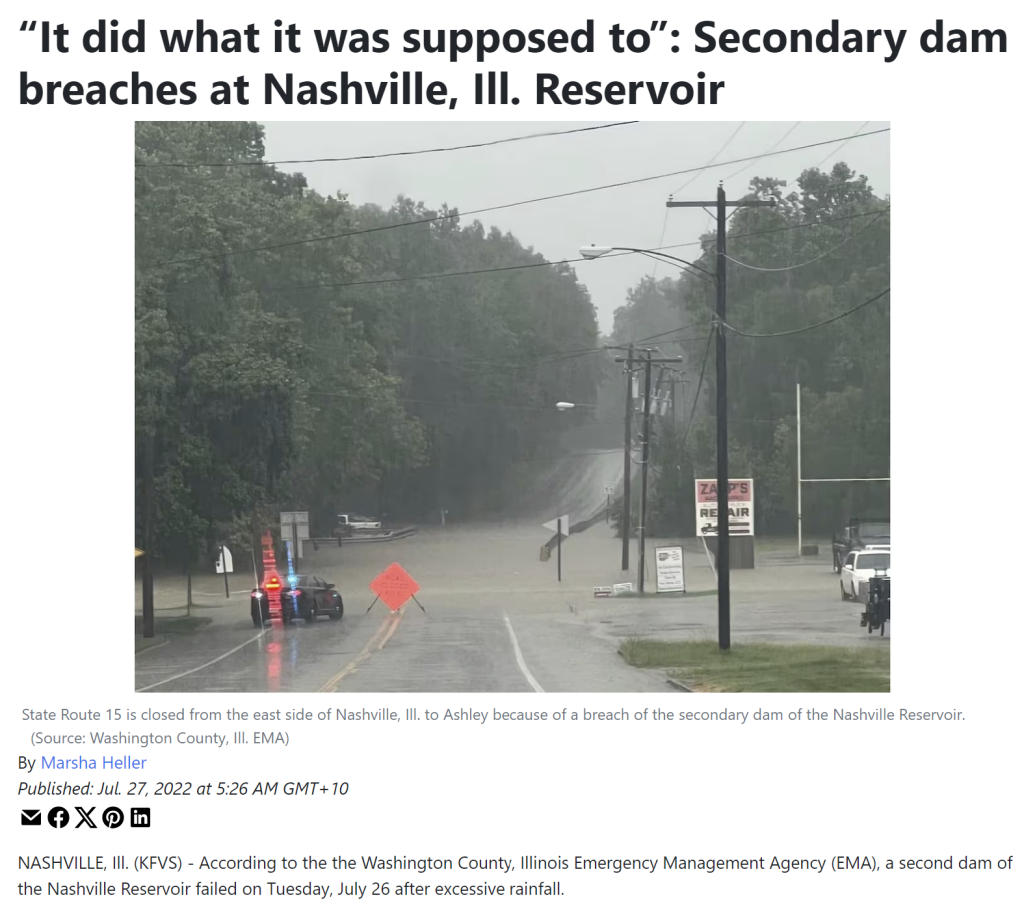Convective, stationary storms with moist inflow produced over 21 inches (533mm) in 12 hours around Broward County, Florida, according to data from the National Weather Service. Precipitable water was high, and extended wet weather resulted in saturated antecedent conditions for a favorable meteorological environment.
The area around the international airport, and port received the greatest falls with two separate periods of over 4 inches (100mm) in one hour. Standing water varied between 1-2 feet (0.31 to 0.62 metres). The highest intensities came close to the USA record for 10 minutes with 38mm . The event was estimated at having a 1:1000 annual chance of occurrence.
The international airport was closed for 41 hours and passengers remained on site during this period. 1119 flights were cancelled.
Port Everglades, that manages supplies gasoline for 40% of Florida shut down and within 2 days much of Southern Florida was short of fuel. This took over a week to resolve after a release of emergency fuel by the Federal Govt. Local and Statewide emergency declarations occurred.
A detailed spatial and temporal pattern of the storm is available for modelling along with an economic assessment and mock exercise based on this scenario.

